The 'living fossil' fish swimming back from near extinction in Romania - its only home on our planet
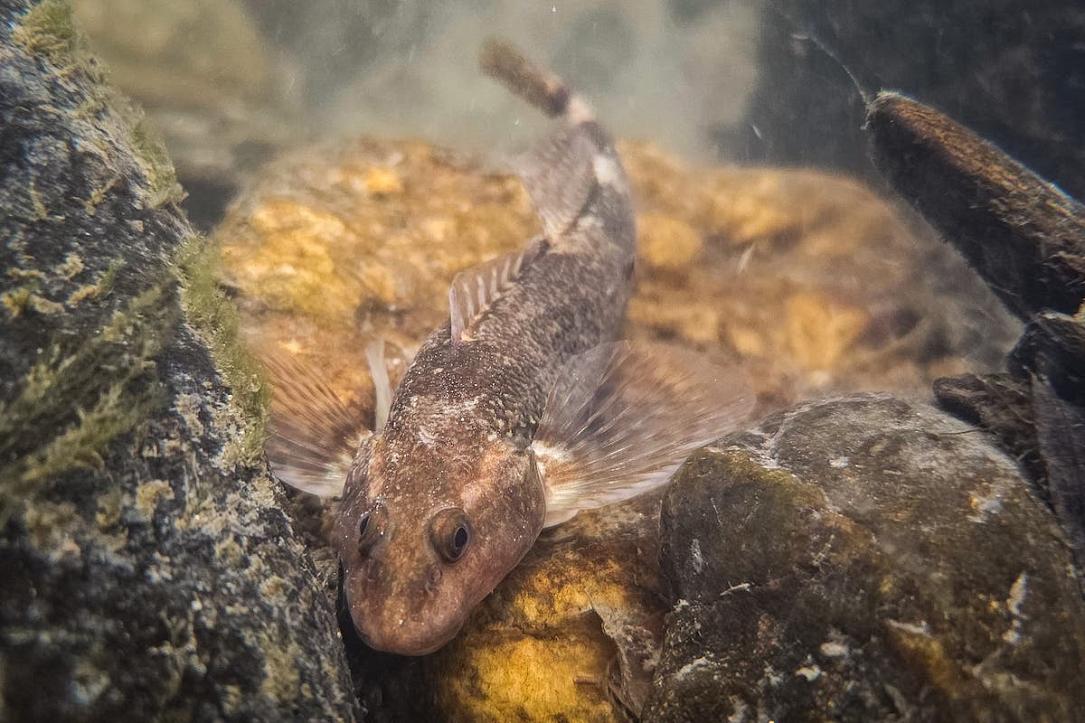


Unchanged for millions of years, the asprete is today the rarest freshwater fish species in Europe and one of the rarest in the world. Still rated critically endangered, it's been resisting myriad threats despite being a protected species living in a protected area.
On a 'Code Red' hot July morning, a scientific fishing team gathers near a concrete bridge over the Vâlsan River in Argeș county to start the final asprete survey of their three-year population assessment. Despite the scorching temperatures, the lush, tree-lined riverbank offers a refreshing contrast to the dusty streets of the Brăduleț and Mușătești communes.
Vâlsan is the only home of the little asprete on our planet, and these fishing expeditions are essential to evaluate its abundance and distribution. The ongoing, multi-leveled Asprete Lives conservation project also includes a Sanctuary and community-oriented solutions.

In their dark green fishing costumes, the three team members enter the river with nets and special oxygenated buckets. They're cautiously optimistic, having found adults but no juveniles during previous fishing sessions this year, not even in first-ever nighttime expeditions - perfect for the nocturnal asprete. And no youngsters is terrible news for the long-term survival of any species.
Fishing begins with ichthyologist Falka Istvan, PhD, at the front, skillfully operating the electrofisher to attract the fish. This scientific technique uses direct current electricity to safely entice the fish out from under the rocks they like to stay, guiding them towards the waiting nets held by teammates Adrian and Paul Dăscălescu.
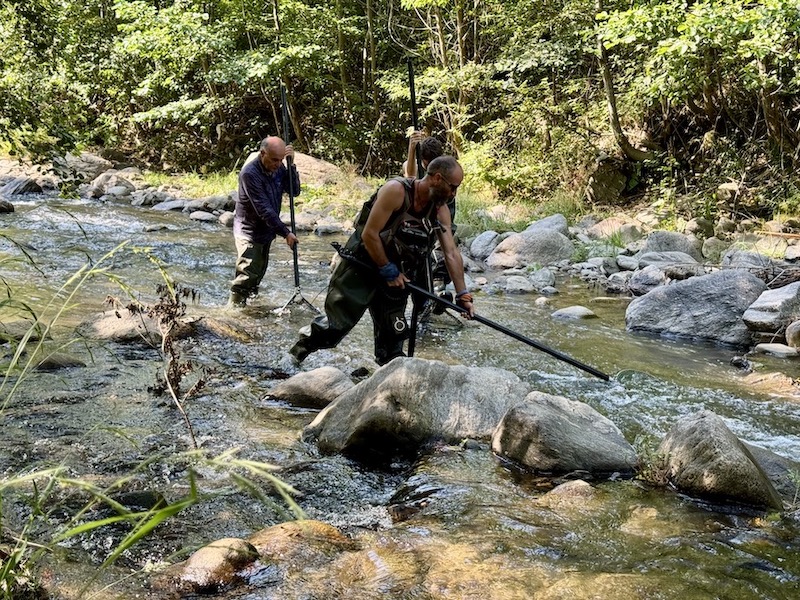
Moments later, Istvan's shout of "asprete!" fills the air, sparking smiles of anticipation all around. Today's first individual is just shy of the 12 cm maximum and is an adult. The following 2, the same.
They're just the first of the total of 97 specimens identified during this year's survey, fewer than the record 154 in 2023 but above the 57 in 2022. The final count includes 1 juvenile, adding to the 6 found two years ago. Still, the lucky number 7 is far from being good news for the greyish-brown fish with big eyes and rough scales to be out of danger.
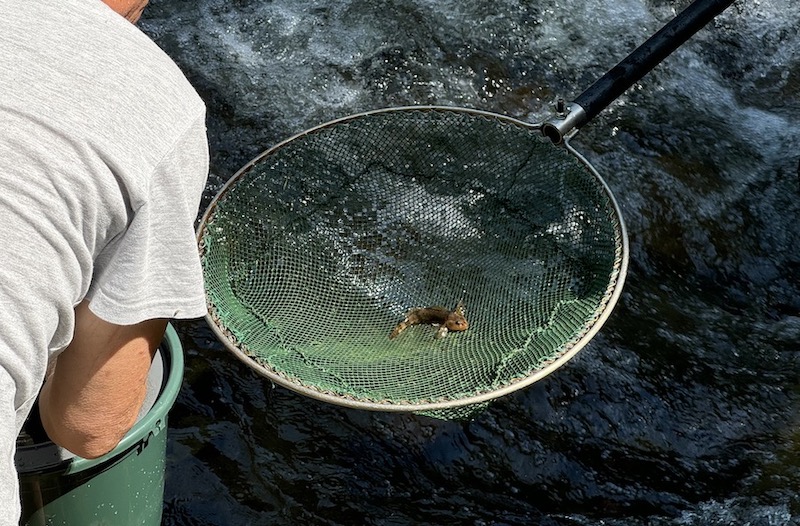
One reason for the low number of young fish, according to conservationist and Asprete Lives founder Alex Găvan, is the pollution of the river combined with reduced water flow. This has resulted in underwater rocks being covered by a thin film of dirt, which seriously affects the fish's reproduction. The female asprete lays her eggs on the rocks, but the slimy covering prevents the eggs from properly sticking to the rock and surviving long enough to hatch.
"There's not one clean underwater rock in this part of the river," Găvan keeps repeating as the team continues the scientific fishing along the 16 km of river where the asprete has been confirmed.
Before 2019, official estimates put the asprete population at 10 to 15 individuals swimming in a minuscule 1 km section of the roughly 80 km-long water flow. Today endemic to the Vâlsan River, the fish also used to swim the Argeș and Doamnei rivers back in 1956 when it was first discovered. That's no longer the case.
This critical situation, adding up to a childhood spent in the Vâlsan Valley, made Alex Găvan feel a strong sense of duty to take action. A top mountaineer, he introduced the asprete to the world in July 2019 from the summit of Gasherbrum 2. Not long after, he brought together a team of local and international experts, including volunteers, to initiate the efforts to rescue Romania's million-year-old fish.
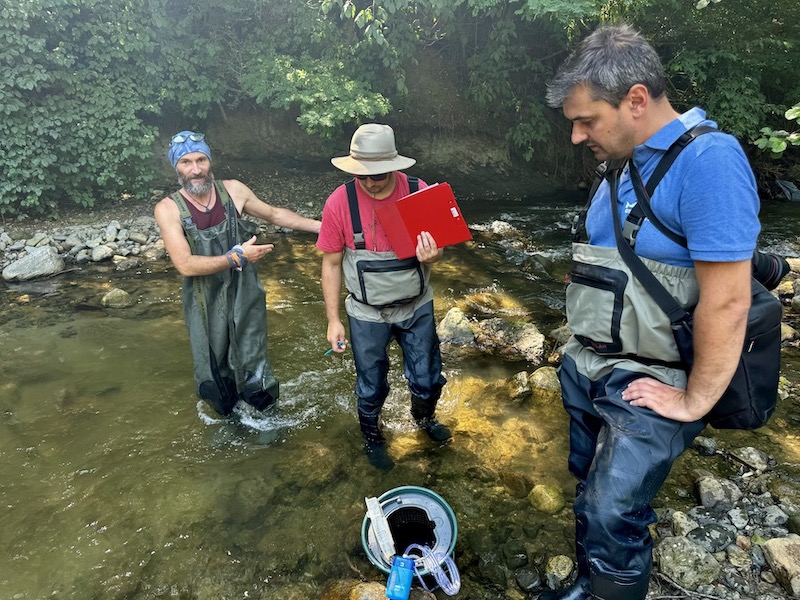
The threats to the asprete and the up to 15 other fish species swimming in the Vâlsan River, including four others that are protected, are many and mainly related to human activity.
Large hydropower dams and smaller barriers fragment habitats, reduce downstream water levels and hinder fish movement. Plus, both locals and project members say, sewage treatment plant discharges keep polluting the river, despite ongoing efforts to end this.
But there's more. As the fishing team moves along the river for their survey, it's easy to spot pieces of trash dotting the river and its banks, from empty plastic or glass bottles to lightbulbs, old clothing items, and even construction debris.
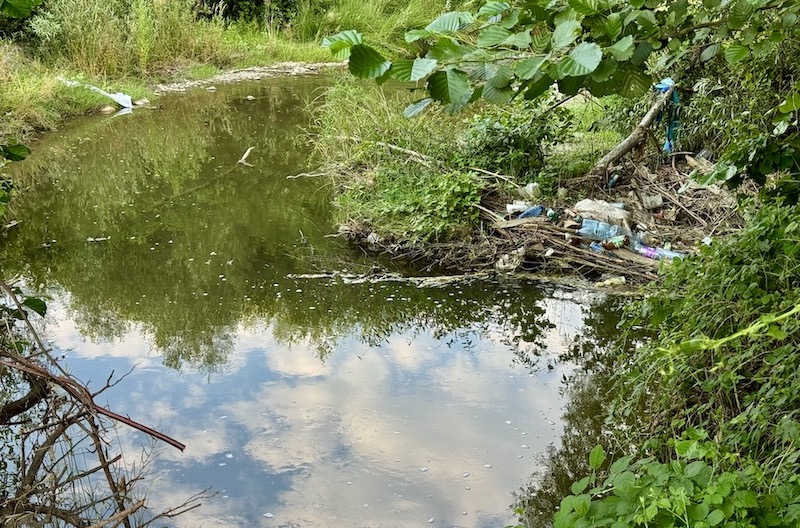
Camping along the river banks upstream is an excellent way for people to connect with the natural world, but it can also lead to pollution when done without the proper infrastructure, as Găvan points out while we drive past such a campsite.
Close by, we see visitors at a sulfur water fountain that the Asprete Lives team is working on restoring. There are two such fountains built from rocks and wood along this serene mountain road we're driving on today. Construction year "10.07.1982" is easily visible on one of them.
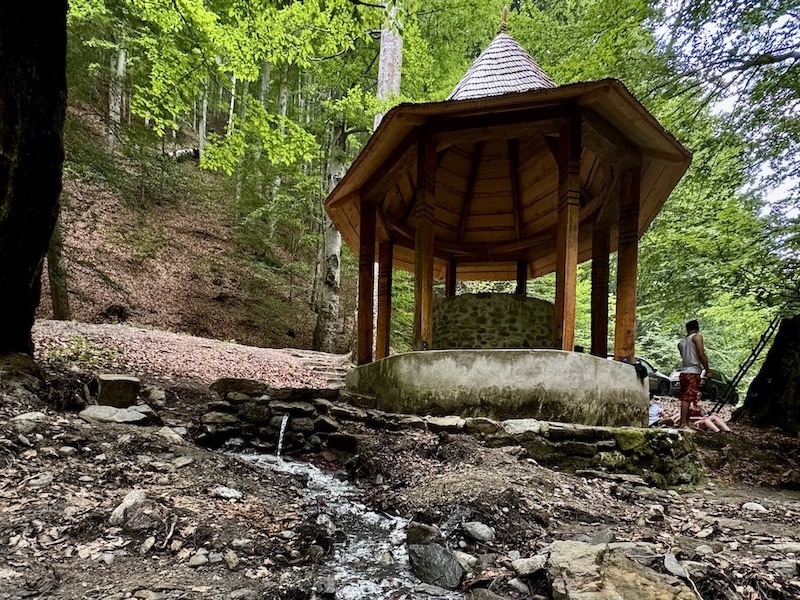
One of the team members points out another issue: large river sections downstream are missing big rocks, making the habitat unfriendly for the fish.
"The asprete needs rapids and, in addition to an increased water flow, the rocks and riverbed material are essential," says Adrian Dăscălescu, environmentalist, mountain rescue worker, and local coordinator of the conservation project.
"We used to drink water and fish and bathe in the river. Not anymore," locals say.
Although the conservation drive primarily focuses on saving the asprete and its habitat, the river has always been an integral part of the locals' lives, shaping their existence.
Recently, the lowering water table has dried up the wells in this rural community at the foothills of the Făgăraș Mountains. So, people increasingly rely on river water for their animals or even household chores.
Just as the fishing team wraps up the first day of this weekend's expedition, a cart loaded with hay slowly approaches the river. It stops for a minute, allowing the horse to wade into the cool water and rest for a few minutes before continuing its journey home.
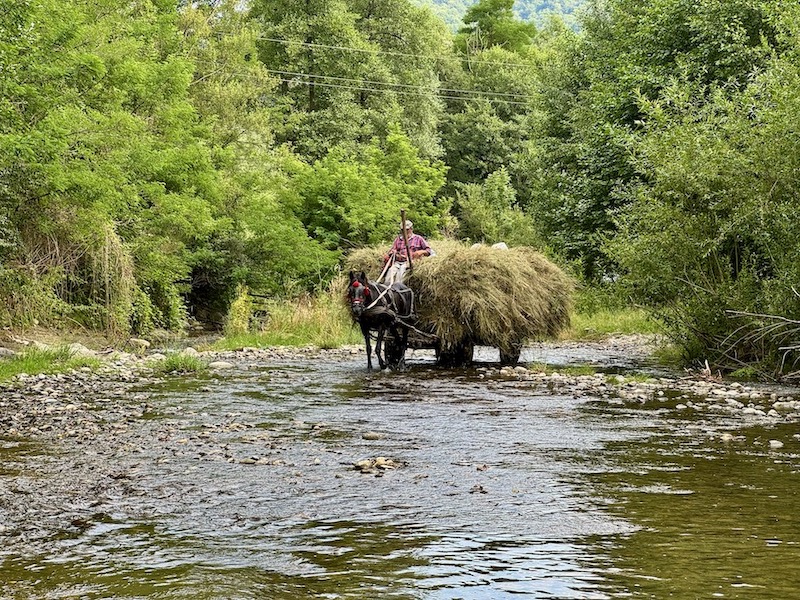
In the Vâlsan Valley, just like in other rural areas of Romania, horses and cows are essential to the locals. Some live right on the riverbank, so it is also common to see chickens or geese searching for food or seeking shade.
Some locals are still skeptical about the Asprete Lives project's intentions, but those we meet agree that the effort can help bring a fresh start to the area and the river they used to swim and fish in when they were kids.
The asprete (Romanichthys valsanicola) is a relatively young fish for science, having been discovered in 1956. The species is rated as critically endangered, although its entire habitat is under the protection of a nature reserve and a Natura 2000 site.
After several years without any sight of it, people feared the asprete was completely extinct. Its survival was confirmed in 2020 when members of the Asprete Lives team, Andrei Togor and Marcus Drimbea, managed to film it in the Vâlsan River. This marked a significant breakthrough for the entire conservation effort.
Asprete Lives is the project launched by the Alex Găvan Foundation with Fauna & Flora International as a strategic partner. They've been working since 2019 to improve the fish's habitat by reducing pollution, improving the water flow, engaging the community, and urging decision-makers to increase their environmental efforts in the area.
There's still much to be done, but the mission is possible, based on a long-term plan to safeguard the species and help it thrive.
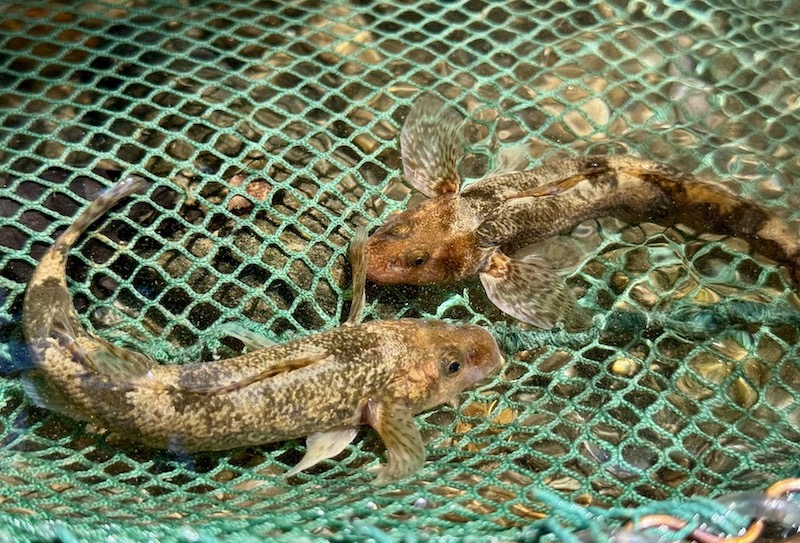
The Asprete Sanctuary, a central pillar of the conservation drive, is planned as a research and captive breeding facility, visitor center, and community hub along the Vâlsan River at Galeșu.
"Here, do you see it? The sanctuary of the asprete - a totally sustainable construction," Alex Găvan says in a brief exercise of imagination, pointing to the already purchased plot of land set to host the future base.
"After encountering the asprete, visitors will leave this place with an enhanced level of consciousness related to themselves, nature, and their relationship with nature."
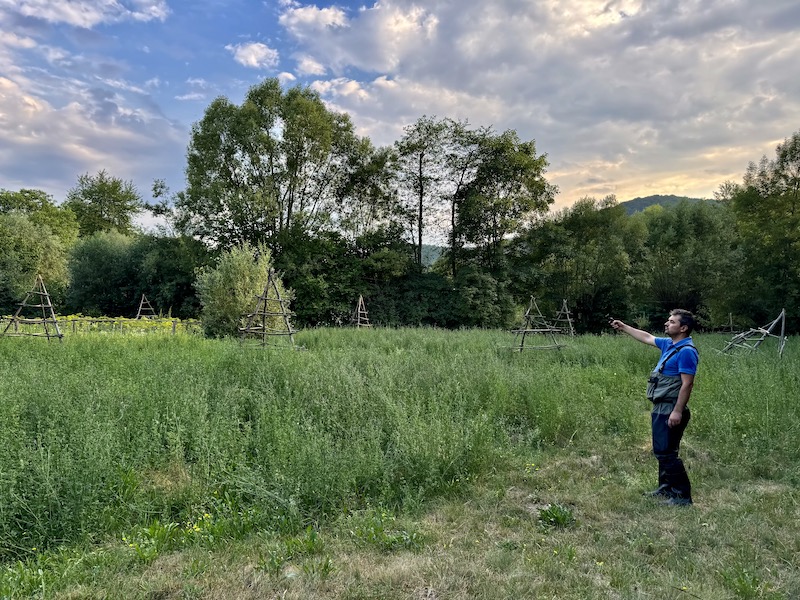
Then, there's the ecological reconstruction of the Vâlsan River, followed by the Argeș and Doamnei rivers to reintroduce the fish to its historical habitat.
Four pilot sections of the Vâlsan River will be reconstructed to create a proper habitat for the asprete. This involves increasing water flow, maintaining water cleanliness, and building rapids with large rocks to support the natural growth of the population.
The team will also restore river connectivity by removing artificial barriers that fragment the habitat and no longer fulfill their intended purpose. With the support of the Open Rivers Programme, they plan to remove four small dams along the river.
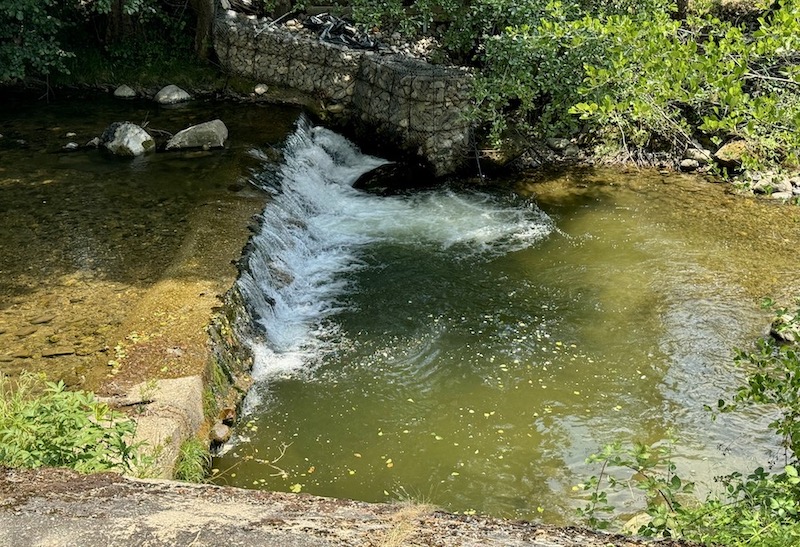
All the while, the team offers support to Romanian institutions to ensure compliance and implementation of environmental legislation.
Another pillar aims to continuously educate, involve, and empower the local community. The initiators believe this will lead to increased tourism and other benefits for the community.
Moreover, the team is working on a documentary about Romania's unique fish and the race to rescue it.
"This is the power of the 8000," Alex Găvan says, smiling, as he tries to explain the driving force behind all his actions. Climbing seven of the world's highest peaks means returning with a different perspective that must be used and passed on.
He continues: "In general, the way I relate to how things are done, even here at the level not of the sea but of the water of Vâlsan, is one that somehow comes to me from the ascents at 8000 m. In other words, when working on this project and other projects, I ask myself: 'If I did the same at 8000 m, would I die or survive up there?' If the answer is that I would die, then it simply means that I am not doing them with enough sense of responsibility."
Along the way, the project has had a host of supporters, with several of its initiatives backed by the Open Rivers Programme, Disney Foundation, the MBZ Species Conservation Fund, and Kaufland Romania. Further details can be found here and here.
Alex Găvan also talked about the project to save the asprete at TEDxBucharest:
Irina Marica, irina.marica@romania-insider.com
(Opening photo: courtesy of Alex Găvan/Asprete Lives)